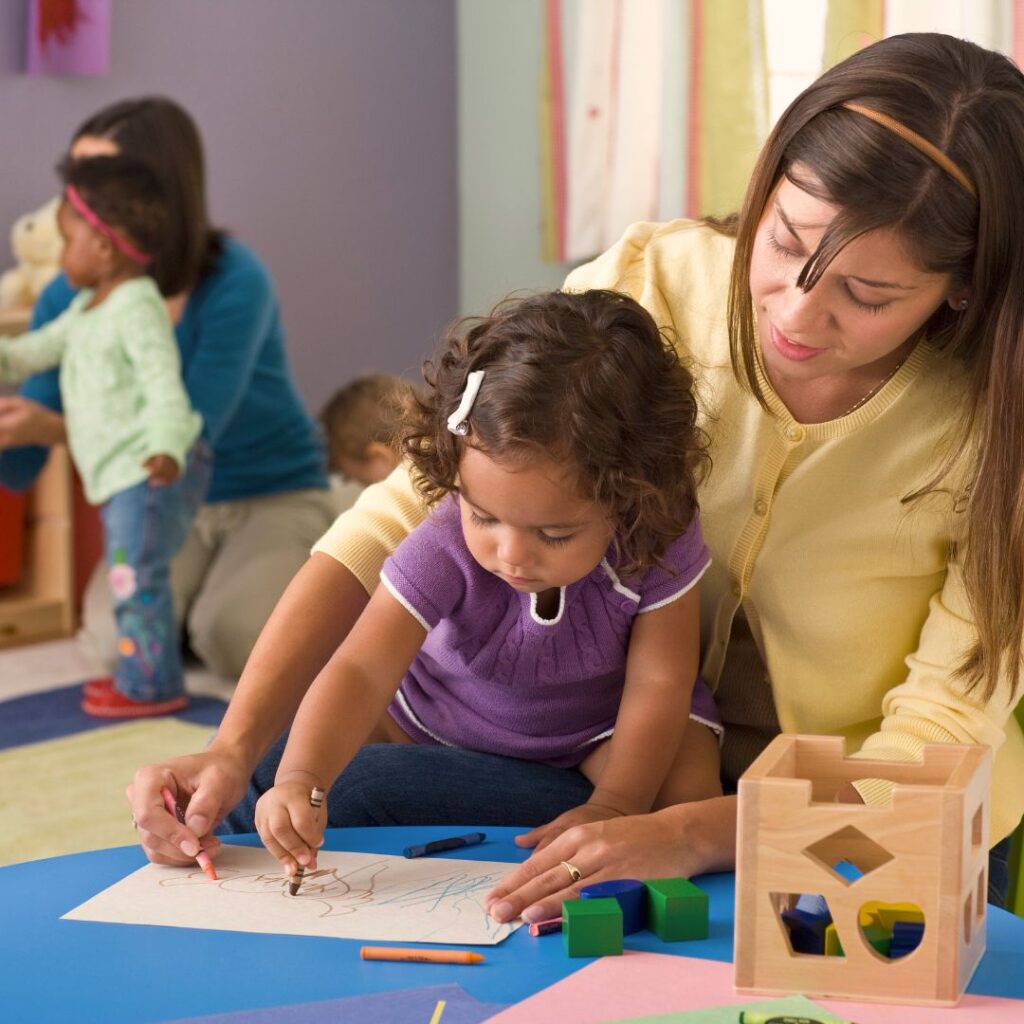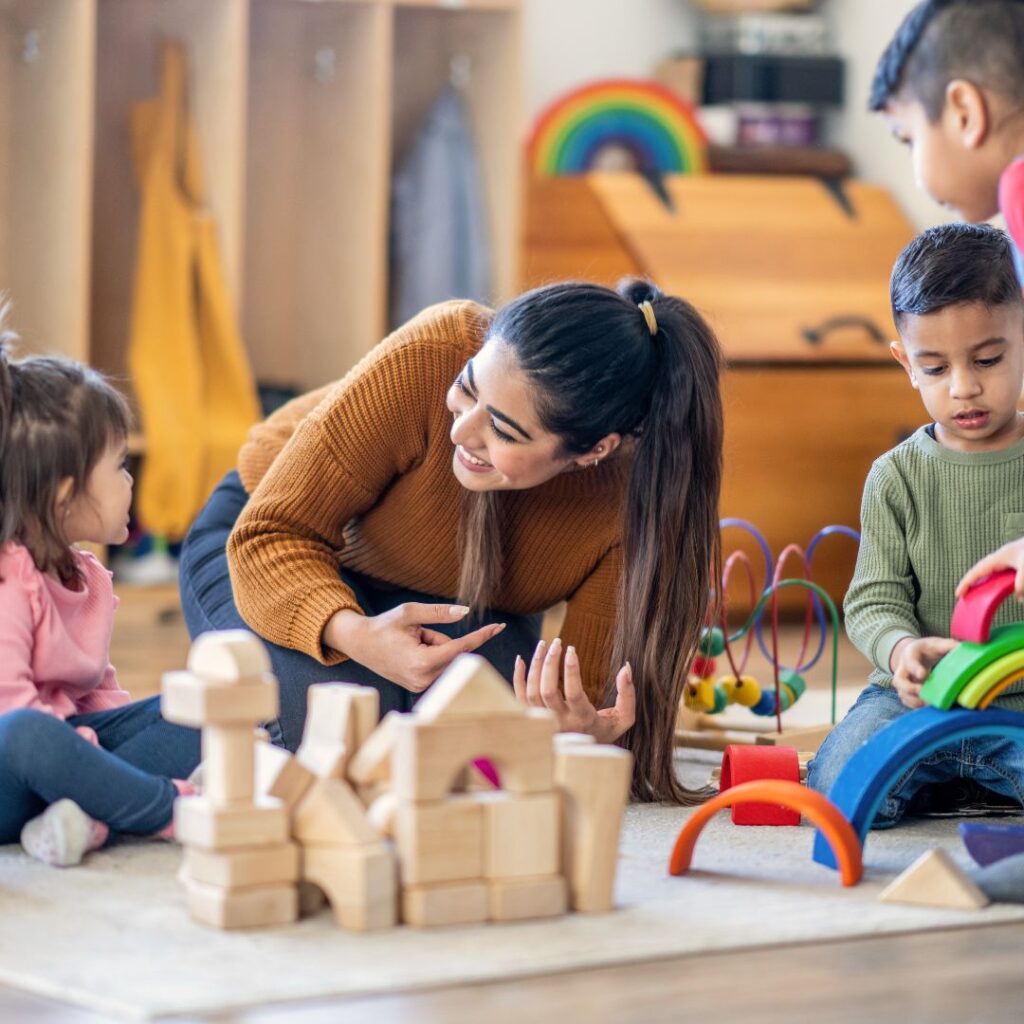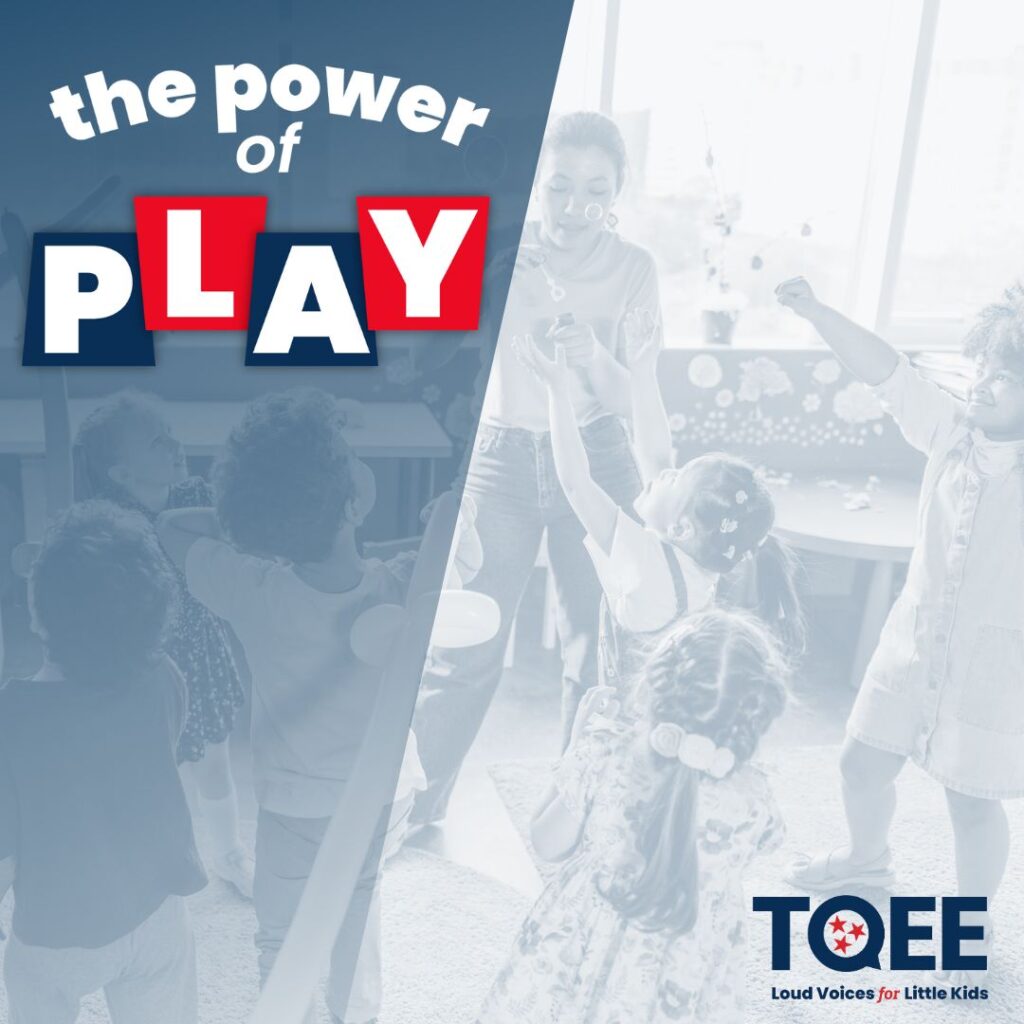Before children are old enough to walk or talk, their brains are being wired in ways that will impact how they learn later in life. Parent-child interactions serve as the earliest building blocks for physical, cognitive, and emotional development, particularly during early childhood. Parents can support the development of their children by actively participating in attentive and reciprocal exchanges. These exchanges are commonly referred to as “serve and return” interactions. “Serve and return” is a term coined by the Center on the Developing Child at Harvard University to describe the back-and-forth interactions between adults and children and that build the foundation for healthy brain development.
What are the five steps of serve and return in childhood development?
- Notice the serve: The caregiver pays attention to the child’s cues, such as eye contact, facial expressions and sounds, and recognizes them as a signal to engage.
- Return the serve: The caregiver responds to the child’s cues in a warm and supportive way, showing that the child’s communication is important and valued.
- Give it a name: The caregiver can return a serve by naming what a child is seeing, doing or feeling to make important language connections in their brain, even before the child can talk or understand words.
- Take turns: The caregiver and child engage in serve and return interactions, such as babbling, facial expressions or gestures. Be patient! By waiting, you give children time to develop their own ideas and build their confidence and independence.
- Practice endings and beginnings: The caregiver helps the child learn about endings and beginnings by signaling the start and end of interactions with clear cues, such as saying hello and goodbye or using consistent routines.1
In examining socioeconomic disparities, a 2019 study by the New York State Psychiatric Institute and Columbia University found that the number of back-and-forth interactions had a great impact on children’s linguistic development. Children who participated more frequently in serve and return-style interactions showed greater activity in the relevant areas of the brain than children who simply heard a wide variety of words each day.1
This further supports the idea that responsiveness plays a key role in brain development. In examining and compiling data from 37 studies on parenting and language development, researchers found that responsive, engaged parenting produced better language skills regardless of socioeconomic standing.2
What is the serve and return metaphor? Serve and return is much like a game of tennis. When a child babbles, gestures, or cries, it is up to the parent to respond appropriately with words, a hug or attentiveness. This creates a back-and-forth between parent and child that strengthens the child’s developing social and communication skills and reinforces the neural connections being built in the child’s developing brain.
By engaging in serve and return interactions, caregivers help children develop the skills they need to regulate their emotions, learn, and form healthy relationships with others. Serve and return mimics adult communication and interaction by making children feel heard, cared for and respected.
Check out this video featuring Tennessee-based comedian DJ Pryor and his son Kingston, demonstrating an effective serve and return style “conversation” between parent and child:
While it may seem easy to dismiss very young children as not understanding or simply babbling, the reality is that children under three understand language, tone, and gestures long before they can express them. They are constantly learning each day as they test and explore the world around them. At the center of that world are their parents. When parents take the time to participate in thoughtful, responsive interactions with their children, those children learn how to be better listeners and speakers themselves. These parent-child interactions aren’t just a key part of neural development – they also make for fun bonding moments and wonderful memories.
1 https://developingchild.harvard.edu/resources/5-steps-for-brain-building-serve-and-return/
2 https://www.reuters.com/article/us-health-parenting-speech/responsive-mothers-may-have-kids-with-better-language-skills-idUSKBN1W92ZI





